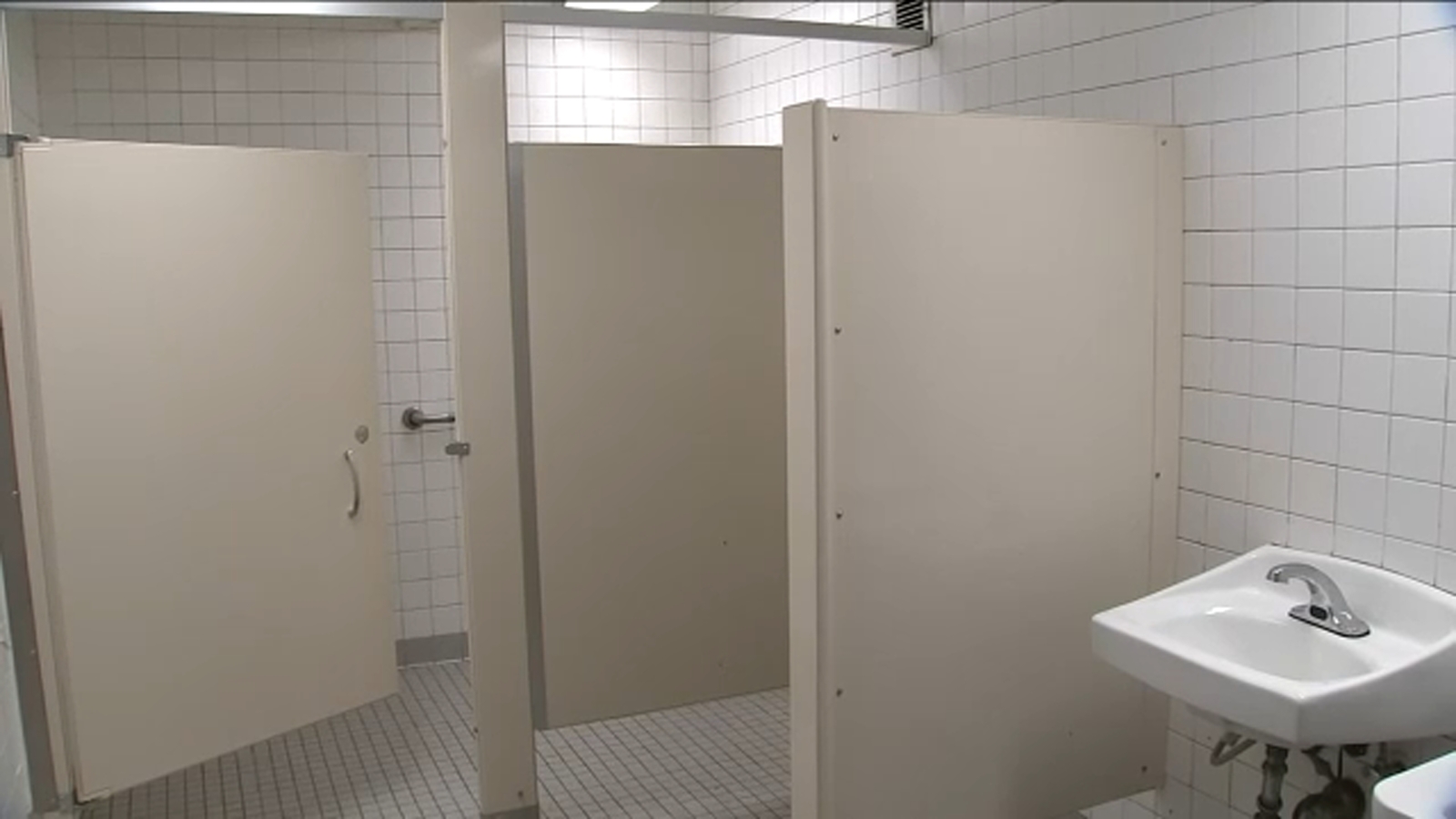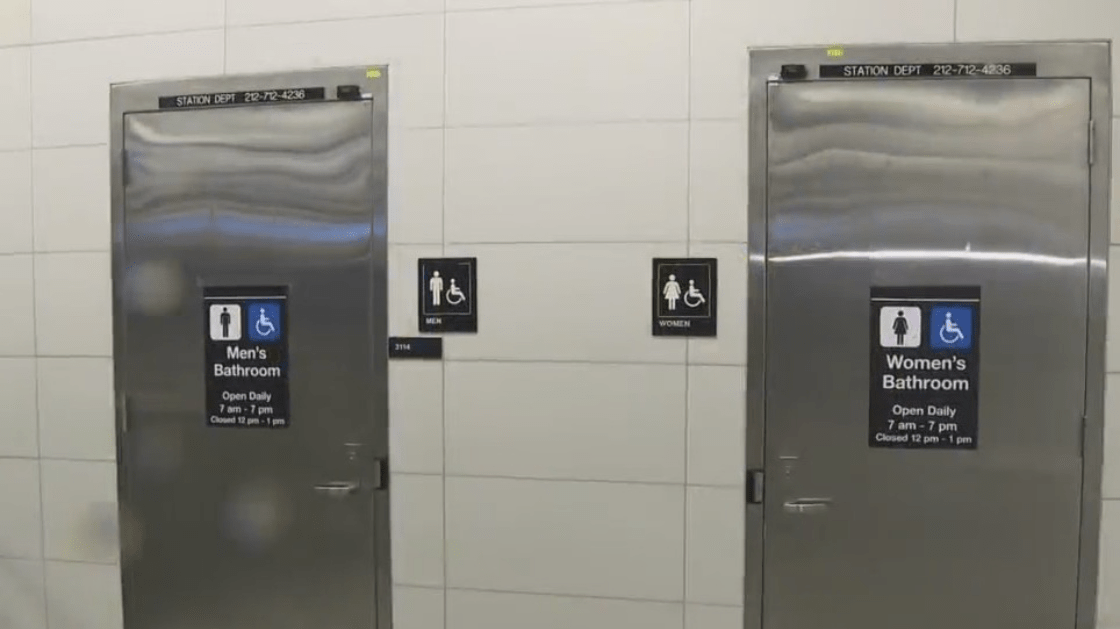New York City is in the midst of the worst housing affordability crisis in its history. Soaring rents and plummeting housing production are a mounting disaster for low-income and working class families. NYC can not solve this crisis on its own. We need action from Albany to achieve twin, interlocking goals: accelerating the production of new housing and protecting vulnerable tenants.
Albany makes tax policy. It controls limits on residential density in Manhattan, runs housing courts, sets the rules for rent regulation, and much more. We need our allies in Albany to use these powers to help alleviate New York City’s housing crisis.
Below we outline eight housing policies that we believe the State must enact in this legislative session. Every one of them on its own is politically contentious. But sometimes the way to overcome a challenge is to make it even bigger. We believe that this ambitious package, taken together, would meet the core priorities of all stakeholders, making a truly sweeping agreement possible.
We are releasing this proposal ahead of the momentous period leading up to the April 1st deadline for passage of the State budget. Our office will be organizing an energetic push to advance this agenda in the weeks ahead.
To let yet another year pass without dramatic action on housing in Albany would be nothing short of disastrous for the residents of Manhattan and New York City. Now is the time to fight for bold policies to alleviate this historic crisis.
BOOSTING OUR HOUSING PRODUCTION
Replace the 421-a Tax Exemption
The previous version of 421-a was flawed—it yielded too few affordable units, and offered little protection for workers. But the demise of this program in 2022 has caused housing production in NYC to plummet. The pause was so dramatic that it froze dozens of projects which were already underway (i.e. “vested”), depriving the city of an estimated 33,000 new units that were shovel ready.
We urgently need to replace—and improve upon—421-a. A deal is possible which offers enough of a tax incentive to spur housing production, while ensuring deep, permanent affordability, and strong labor guarantees. Projects which are currently vested should be given an extension, to immediately jumpstart much needed housing production. This much is clear: Allowing another year to pass without a replacement for 421-a would be devastating.
Facilitate Office Conversions
Coming out of the pandemic there is a staggering 90 million sq ft. of vacant office space in Manhattan, mostly in older class B and C buildings. This challenge presents an opportunity: conversion of vacant offices to housing. But converting office buildings is complicated and expensive, and generally results in exclusively luxury apartments. This is what has happened in the large wave of conversions in Lower Manhattan post-9/11.
To facilitate the next wave of conversions, centered on Midtown, and to guarantee these buildings include truly affordable units, the State should authorize a new tax abatement program. Such a program could be modeled on the now-expired 421-g abatement used in Lower Manhattan, with the addition of strong affordability requirements.
Lift the 12 FAR Cap on Residential Development
In many places around the nation (and in New York), States are trying to force local governments to remove obstacles to adding housing density. In Manhattan the opposite is true! We are in fact prohibited by the State from even considering rezonings that would allow for more than 12 FAR. This cap has been in place since 1961. Many of NYC’s most beloved buildings predating this rule, including several icons along Central Park West, would be illegal to build today because their FAR exceeds 12. If we succeed in incentivizing office conversions as outlined above, some of those buildings would, insanely, only be allowed to fill half of their floors with housing because of the cap.
Lifting the cap would allow us to consider permitting more housing in the densest part of our borough. In all cases rezonings would continue to undergo the same community review process stipulated by ULURP. But to leave the 12 FAR cap in place is to deprive Manhattan of the means to do all we can to address our housing crisis.
Streamline Environmental Review
Like other states, New York has critical laws in place that ensure that the environmental impact of major development projects is considered and mitigated. But in recent years New York’s State Environmental Quality Review (SEQR) has too often become a weapon used to stop or delay projects that are in fact beneficial—environmentally and otherwise. For small and midsize affordable residential buildings, SEQR requirements add yet one more hurdle to the creation of desperately needed affordable housing.
The State should exempt 100% affordable buildings of 200 units or less from SEQR requirements, instead creating a streamlined process that preserves a mechanism for addressing legitimate environmental concerns.
PROTECTING OUR EXISTING HOUSING
Ensure landlords can only evict tenants for good cause
Nearly half of all rental units in NYC lack protection by rent regulation. This gives landlords wide latitude to raise rents by enormous annual increments, and to force tenants out at the end of their lease term for little or no cause. For hundreds of thousands of New Yorkers, this has turned lease renewal into a perilous process, fueling our eviction crisis.
New York should enact legislation to protect tenants in unregulated housing, including a limit on rent increases. Tenants should also have greater protections from evictions which are arbitrary, retaliatory, or discriminatory. (Small buildings should be exempted from these rules, as should apartments in the ultra-luxury market).
Expand Access to Rent Vouchers
Currently available local and federal rental assistance programs, such as Section 8, are far too limited in scale to meet the needs of tenants in New York. As a result, a large and growing number of low-income tenants are enduring escalating rent burdens with no financial assistance.
New York should establish a statewide rental subsidy program for low-income families and individuals who are facing eviction, currently homeless, or facing loss of housing due to domestic violence or hazardous living conditions. This initiative, known as the Housing Access Voucher Program (HAVP), would help low-income New Yorkers achieve stability and retain permanent housing.
Expand Right to Counsel Statewide
Since its enactment in 2017, NYC’s right to counsel program for tenants facing eviction has proven to be extraordinarily effective. It has brought greater fairness to housing courts, and data show that 84% of tenants who have received representation in the program have been able to remain in their homes.
New York should build on this resounding success by passing legislation to establish a statewide right to counsel for tenants facing eviction in housing court.
Strengthen right to counsel in NYC
Despite the enormously positive impact of the right to counsel program in NYC in the years before the pandemic, over the past two years a mounting wave of evictions has overwhelmed the system for tenant legal services. As a result, thousands of tenants who would have otherwise qualified for the program have had to face the threat of eviction without their right to counsel being fulfilled.
This cannot continue. There should be a significant increase in funding for tenant legal services, and the State’s Office of Court Administration should do everything in its power to ensure that every no tenant faces an eviction without access to an attorney.



